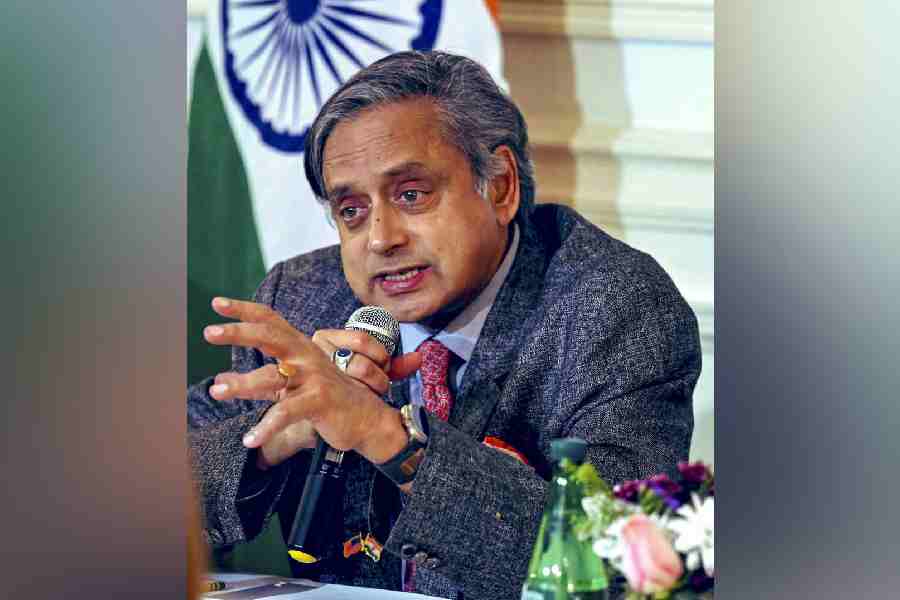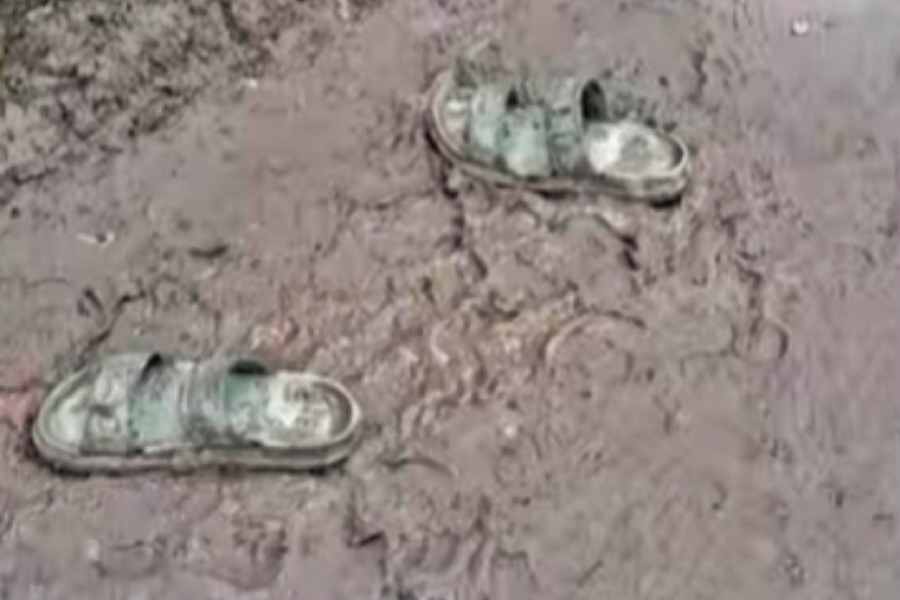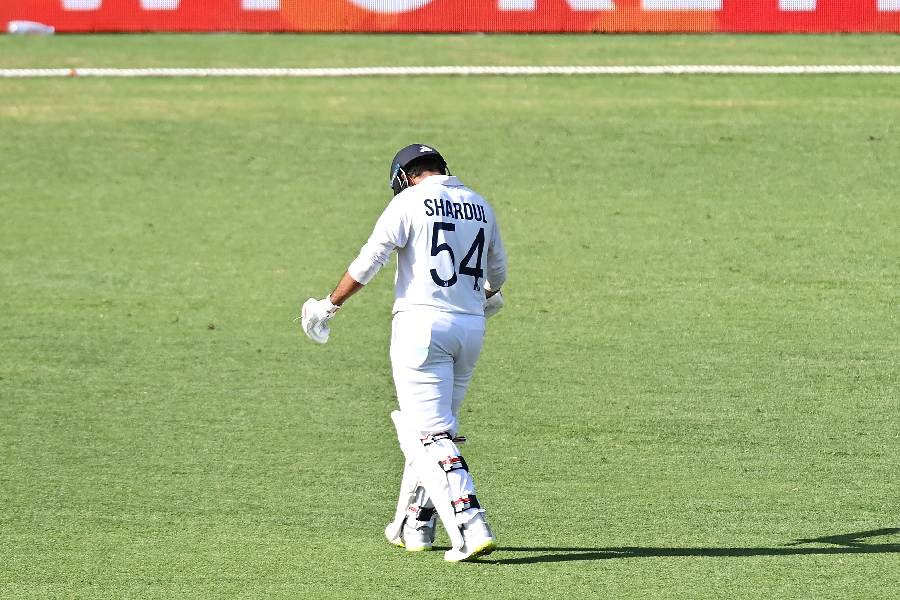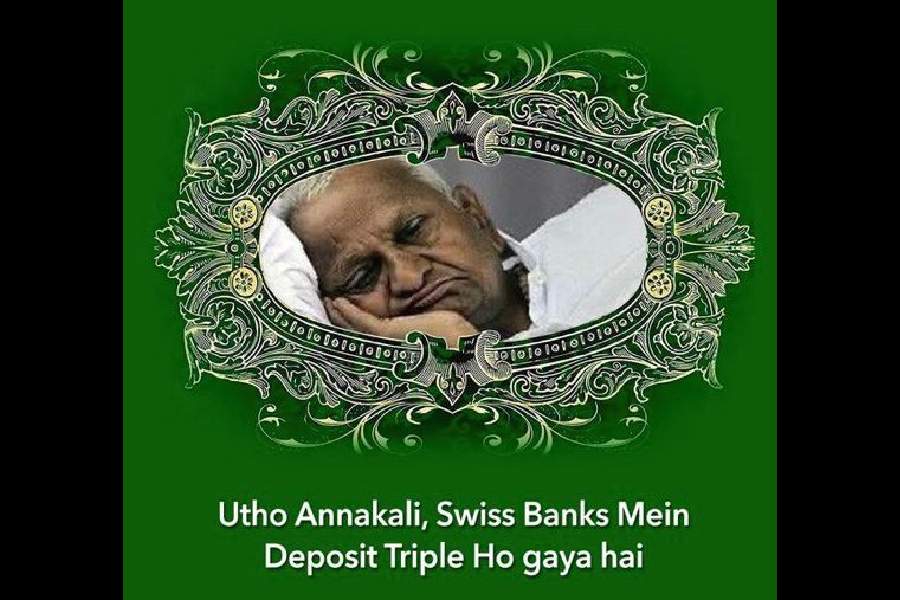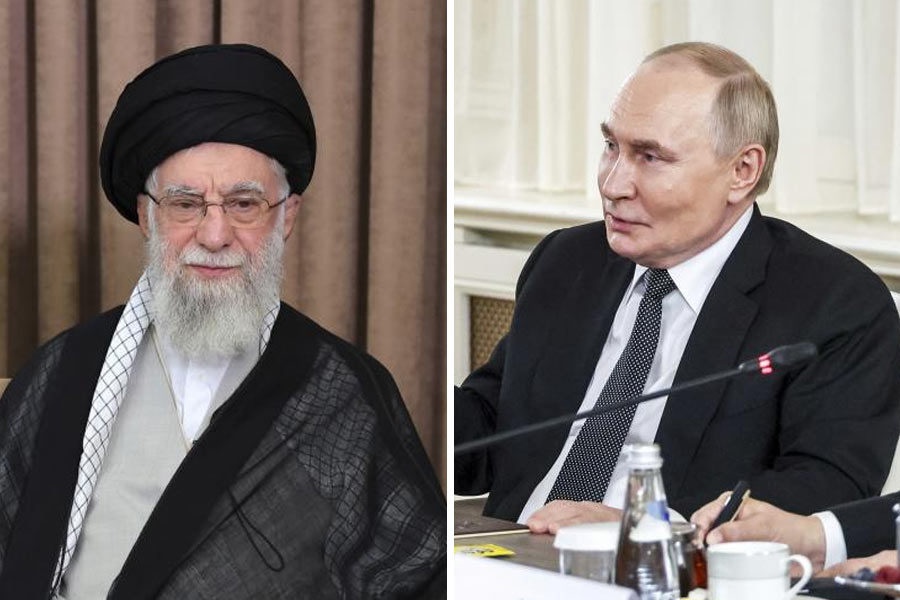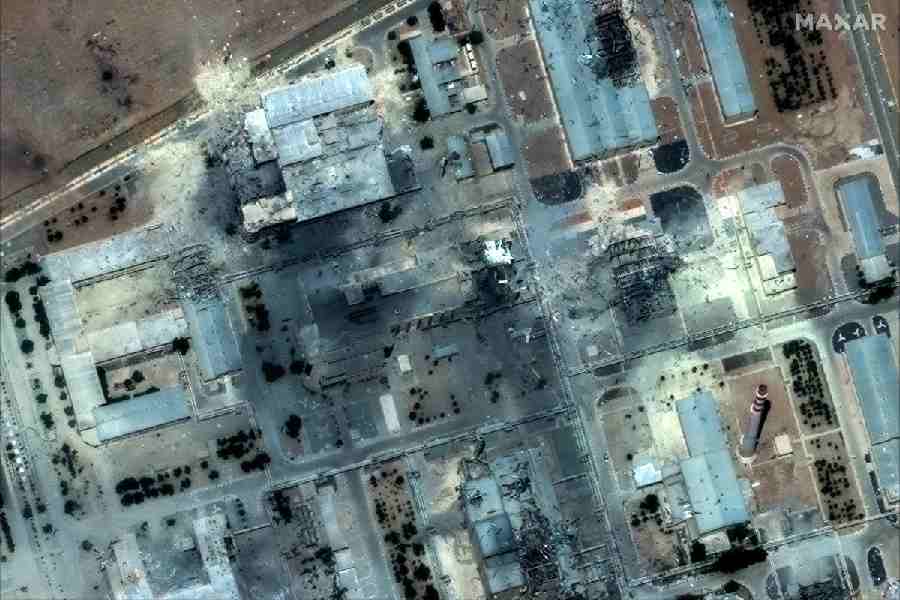 |
If there’s one thing in this world that has managed to outlive — and outshine — Kashmir, it’s Kashmir itself.
You don’t think so? You obviously don’t read books. Or follow theatre. Or fall in queue for movie tickets, either. If you did, you’d know that the million-dollar idea called Kashmir still launches a thousand pens and any work of art with the ‘K’ word on it sells like hot cakes. So what if the armed conflict officially ended years ago and ceasefires and elections were conducted to herald an era of peace in the hill state? The creative breed, it seems, simply can’t let bygones be bygones, if only for art’s sake.
Take last month alone. Two books, titled A Mission in Kashmir by veteran BBC reporter Andrew Whitehead and In Search of Future: The Story of Kashmir by Indian journalist David Devadas, were released in Delhi, both of which told the story of the strife-torn province from a historical perspective. Then, a few months ago, Sanjay Kak’s much anticipated documentary film called Jashn-e-Azadi premiered to theatres full of eager audiences, and aimed to analyse the concept of “freedom” as seen by the people of the Kashmir Valley. And Bollywood, of course, saw Pooja Bhatt chipping in with Dhokha, where a top cop inadvertently marries a suicide bomber from Kashmir.
Anyone with the faintest idea of the arts would know that these are not sporadic developments. Over the past decade and more, Kashmir has been one of the most prominent themes for artistes to base their works on. The floodgates were opened perhaps as early as 1992, when director Mani Ratnam made his landmark film Roja based on the conflict.
Anyone and everyone with creative juices to spare has had a shy at the region, replete with its chinar trees, shikaras, rogan josh and — of course — AK 47s. Salman Rushdie has done it in his signature “whatsitsname” way in his 2005 book Shalimar the Clown, Hrithik Roshan has taken turns playing both terrorist and patriotic soldier in films Mission Kashmir and Lakshya, respectively, while a comment by Arundhati Roy earlier this year — that she had been spending a lot of time in the state — left several people wondering if her new book would be set in Kashmir as well. Publishers Penguin say it has brought out at least six titles on Kashmir since 2000.
But why, or how, does Kashmir succeed in enduring the flippant whims of the box office, or the trends that sweep the literary scene from time to time? The conflict, for starters. “The toll that the insurgency has taken on Kashmir is tremendous, and artistes have felt the need to reflect on poignant human stories coming out of the Valley, along with the excesses taken by both the terrorists and the military forces,” says Delhi-based theatre director N.K. Sharma.
A 2005 play produced by Sharma’s group Act One, titled Kashmir, dealt with the story of a woman whose husband was taken away by rebels only to return on the eve of her second marriage. Written by veteran journalist Muzammil Jaleel, the play was warmly accepted by audiences. “Art has a direct relation with crisis and conflict,” says Sharma. “So when humanity is faced with these issues it’s obvious that they would be reflected in art,” he says.
Besides, of course, there is the long and winding history of Kashmir that a lot of people feel requires adequate documentation. This precisely is the reason that Whitehead says got him down to writing. “I have used personal recollections of Kashmir in 1947, some archive sources and contemporary journalism to write a detailed account of how the Kashmir crisis started,” says Whitehead.
Devadas adds to the list of reasons, “There’s the question of Kashmir’s strategic importance. One has to remember that Kashmir has also become a subject of national identity, both for India and Pakistan, while serving as a symbol of issues such as religious fundamentalism, international politics and displacement.”
Others see the picturesque landscape of Kashmir as a reason for it to find both literary and cinematic representation. Countless Hindi films were shot in Kashmir till insurgency put a stop to it in the late 1980s and 1990s. Now directors are back with their cameras in the Valley. “Kashmir is so serenely beautiful that it makes sense for any director to have it as a backdrop for his films,” says film trade magazine editor Taran Adarsh. His words are seconded by S.V. Bhave, resident commissioner of Jammu and Kashmir in Delhi, “Whoever wrote The Arabian Nights must have drawn inspiration from Kashmir,” says Bhave. “With its gardens, waterfalls, orchards, birds and beautiful people, Kashmir is undoubtedly one of the most beautiful places on earth. It is this paradise-like appeal of the region that roots it firmly in the minds of all people,” he says.
In that light, the severe toll that the civil strife took on this heavenly place is something that many can’t forget, and — by logical extension — want to find out more about. “Besides having a firm grip on artistic imagination, Kashmir has become a metaphor for what human action can do to paradise,” says publisher and literary critic Anita Roy. “And it has resulted in hundreds of narratives, all waiting to find artistic expression,” she says.
But does it mean that Kashmir, in being thus portrayed, is being romanced as a paradise that’s been lost forever, never to be regained? “That would be a wrong and premature conclusion to make,” says Sharma. “Kashmir can indeed recover from the traumatic years that have gone by, to reclaim its lost glory. It’s only a matter of time before that happens,” he says.
Until then, the books will continue to come.


